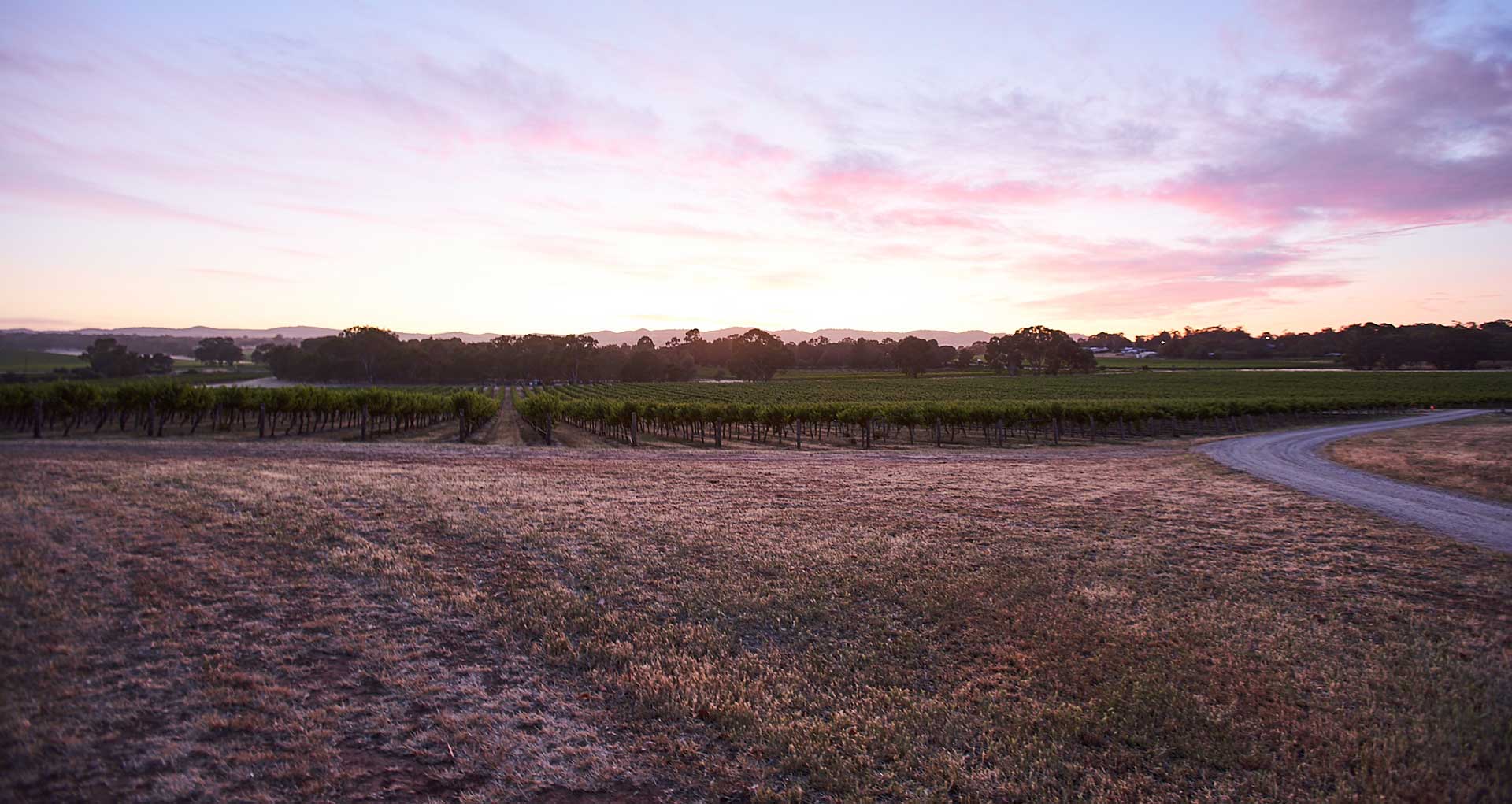
Please enter the year you were born:
Unfortunately, you do not meet the age requirement to enter this website.

Please enter the year you were born:
Unfortunately, you do not meet the age requirement to enter this website.
Tempranillo wine gets its name from the Spanish word for “early” and refers to the grape variety’s early ripening. Originating in Spain (and with 80% of the world’s production of the wine from the country), Tempranillo vines prefer a hot, dry climate. While it has long been one of Spain’s most famous wines, innovative winegrowers in regions of Australia and the United States have begun to include the varietal in their roster.
Tempranillo wine’s flavour profile is all juicy fruits and rustic notes, ideal for those who want to branch out and have something new hit their palate. Tempranillo red wine is a quintessential example of a medium to full-bodied red and is a dryer style of wine. Tempranillo tasting notes include strong dark fruits like cherry and raspberry and spices like vanilla with hints of earthy leathers and tobacco. Despite its big flavour, the body is neither slippery nor oily and finishes with lingering tannins tasted on both sides of your tongue.
Thanks to Tempranillo’s savoury qualities and tobacco-style notes, it marries well with roasted vegetables and salty meats. One easy way to pair wine and food is to unite products from the same region. Tempranillo goes well with tapas-style foods and barbequed meats, both hailing from Spain. Tempranillo red wine, however, is incredibly diverse and works well with smoky meats and cheeses, an array of Mexican foods and corn-based meals.
With its earthy overtones, a touch of spice and juicy blackberry and raspberry notes, Barossa Valley wine company’s 2019 BVWC Gravel Track Tempranillo is the perfect companion for a beautiful spiced Middle Eastern lamb kofta or classic Spanish Paella. With its easy-drinking style, however, Tempranillo wine pairs well with a vast range of foods.
When looking to purchase a bottle of Tempranillo wine, keep in mind that the higher the wine’s quality, the better the balance will be between earth and fruit. A Tempranillo wine should finish with a smooth, firm-structured, lingering tannin. Tempranillo can vary in colour greatly from ruby to garnet, even a ruddy orange shade of red. Tempranillo is generally more translucent than a Shiraz, owing to its thinner skins and larger grapes.
Australian Tempranillo tasting notes vary from their Riojan Tempranillos, primarily due to their aging processes. While the Barossa Valley climate is similarly hot and dry to that of Rioja in Spain, Australian Tempranillo is not aged long in oak. This leads to a more acidic, fresher, lighter and less tannic wine than its Spanish counterpart.
When purchasing Spanish wines, such as Tempranillo wine, it is essential to note that they will have one of four legal aging terms listed on their bottles. These terms include:
Vin Joven: young and to be consumed immediately
Crianza: requiring two years of ageing with six months in Oak
Reserva: requiring three years of ageing with one year in Oak
Gran Reserva: phenomenal vintages requiring at least five years ageing with 18 months in Oak
As Tempranillo wine is relatively new to Australia, it is only the most innovative and contemporary Barossa Valley wineries currently producing it. Barossa Valley Tempranillos to try include Barossa Valley wine company’s The Residence Tempranillo, Sam Wigan’s Running With Bulls Tempranillo and Lindsay Wine Estate’s Bull Fight Tempranillo.